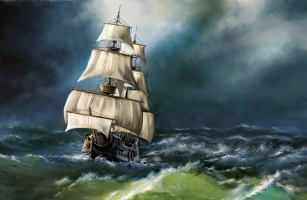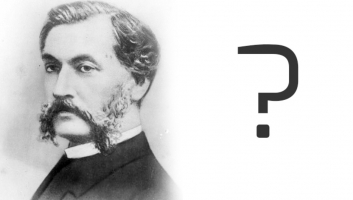Top 10 Scientific Mysteries with Simple Solutions
Even specialists can occasionally be stumped by scientific riddles. A straightforward answer can then emerge after some thought and testing. And perhaps the ... read more...answer is so obvious that the entire issue seems a bit absurd. Here are some Scientific Mysteries with Bafflingly Simple Solutions.
-
How many socks do you think you've lost throughout the course of your life? For many of us, this has been a recurrent problem. Socks are taken to the laundry room, but they never return to the drawer. We now have a few stray, mismatched socks at the bottom of the drawer as a result. And since it's not actually a significant deal, it's a silly issue that people chuckle about. However, why does it occur?
The enigma has been attempted to be solved, and it turns out to be far less cryptic than the internet could lead one to believe. To solve the sock conundrum, Samsung hired a statistician and a psychologist. It appears that the typical individual loses 15 socks annually, which seems excessively high, but who are we to contest Samsung science?
The two experts brainstormed a variety of explanations for the mysterious sock migration that so many of us experience. It seems you lost them. Sounds quite easy, doesn't it? They might have slipped behind a radiator or under the washer. They dropped off a clothesline; they were placed in the incorrect wash load.
Rob Eastaway, a mathematician, cited Murphy's Law as the cause and noted that, statistically speaking, you simply cannot have X number of socks and expect not to lose one at some point. The fundamental tenet of science is that everything in the cosmos is inevitable. You lose socks because it is impossible to prevent loss.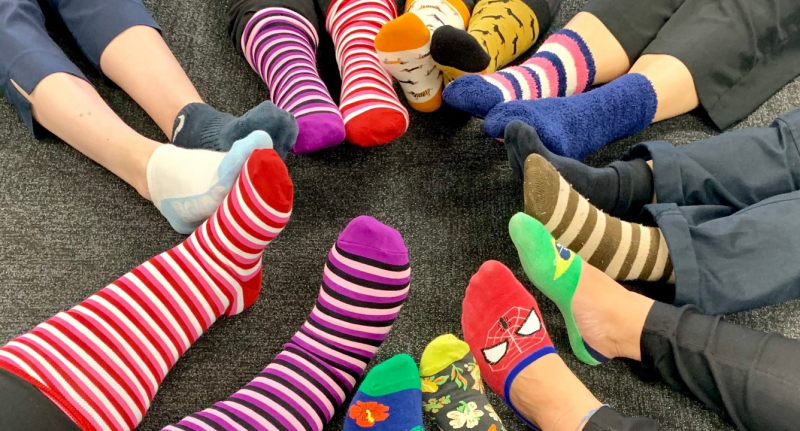
http://www.worlddownsyndromeday2.org 
http://www.huffingtonpost.co.uk/ -
Imagine that you only have one somewhat tiny saucepan with which to prepare spaghetti, but are in the mood for some. You will need to cut the spaghetti in half because the whole noodles are far too long to fit. Can you, however, cut spaghetti in half? Like exactly in half with no extra shards of broken glass flying around? You already know the response if you've ever cut a handful of spaghetti in half. Obviously not. When you break spaghetti, your hopes of never again having to remove tiny, shattered pieces of pasta from the burner shatter.
Every spaghetti chef in the world suffered from busted spaghetti until MIT scientists got involved. As it turns out, there is a method for cutting spaghetti into just two pieces, without any broken pieces. Pasta or not, elongated, brittle things nearly invariably break into several pieces. This occurs when pressure is applied to either end, bending the center.
Once this bend breaks, the pasta vibrates and further pieces break off as a result of the snap-back reaction. Researchers discovered that spaghetti will neatly shatter in half if it is carefully bent at 3 millimeters per second after being twisted to 270 degrees.

https://www.natureworldnews.com/ 
https://www.pinterest.com -
Researchers in the Antarctic have been observing a weird sound that sounds almost exactly like a duck's quack for the past 50 years. But it is submerged. Because it was repeatedly recorded by submarine crews, the initial assumption was that it must have been a man-made sound. Species was afterwards mentioned; however, the noise was too loud for any known fish.
The strange noises were attributed to fish, submarines, or other oceanographic phenomena. The bio-duck was eventually identified by comparing their noises to those in the written books. Additionally, they compared recordings made by long-term, bottom-mounted recorders in a number of other Antarctic locations, such as the Perennial Acoustic Observatory in the Antarctic Ocean (PALAOA), close to Dumont D'Urville and Ross Island, and others. On the Ekström Ice Shelf in western Antarctica is the autonomous observatory known as PALAOA from Germany, which is equipped with underwater hydrophones, or microphones. The primary French scientific research station in Eastern Antarctica is Dumont d'Urville on Petrel Island.
As fate would have it, a pair of trackers with microphones had been attached to minke whales by researchers. Researchers had a front-row ticket to the enigmatic duck sound when they listened to what they had recorded. They were able to definitively establish that it had only ever been minke whales thanks to years' worth of prior recordings. Naturally, none of it clarified why the whales do it, but at least we now recognize them as the culprits.
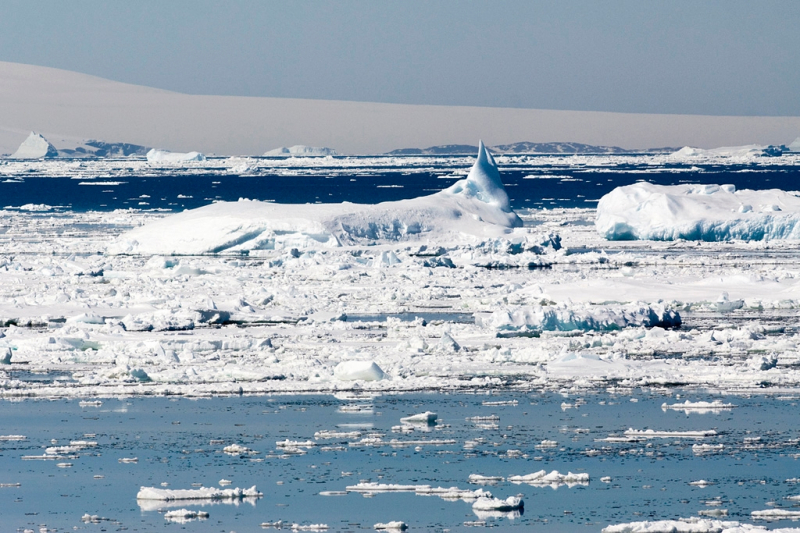
http://scanbird.com/ 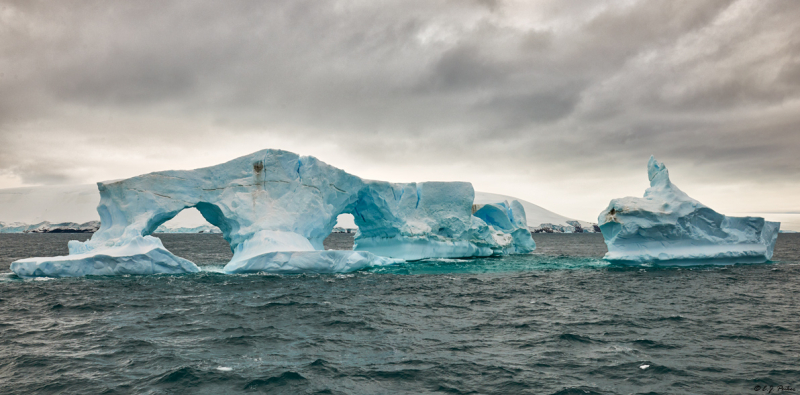
https://ejphoto.com/ -
For this one, let's go deep into science and examine one of modern biology's and zoology's biggest mysteries. Specifically, why can only the lowly wombat create poop in the form of cubes when no other species on earth can?
Wombats poop strategically to send messages to other wombats, which is weirdly practical. What messages are they? Most likely a territorial dispute to let other wombats know where they are. Additionally, it may be contained in a cube to stop it from rolling away. And while that's a fantastic explanation for why the wombat has poop cubes, it doesn't address the question of how. It's not like you could just will a poop cube to mark your territory if you wanted to do that. What then transpires in a wombat's butt?
Wombat dissection is involved in this horrible scene. Scientists investigated the intestines of a wombat that had perished in an accident and found that the animal had two grooves that were more elastic than the rest of the gut. The intestines are depicted in a 2D rendering as having layers of varying thickness and rigidity. The intestines make those peculiar-looking cubes and expel them out the back door once digestion is complete as muscles flex over the course of several days to extract all possible moisture and nutrients from the food being digested.
https://www.upi.com/ 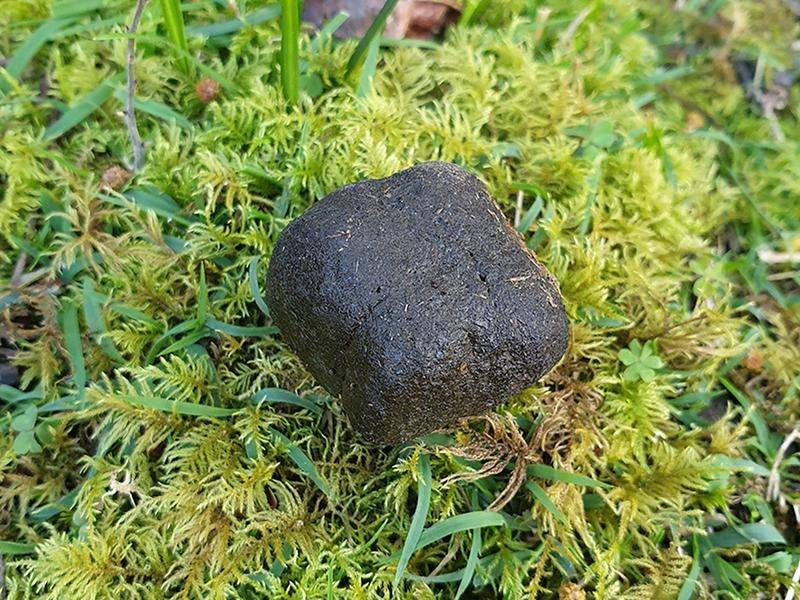
https://www.portlincolntimes.com.au/story/ -
The Bermuda Triangle's general boundaries are Miami, Bermuda, and Puerto Rico. Although no records are kept, during the past century, a number of ships and planes have mysteriously vanished within the notional triangle. The area had previously been linked to odd traits. Christopher Columbus recorded strange compass bearings in the region in his diary. However, the region didn't get its name until August 1964. This was done by Vincent Gaddis in a cover story for Argosy magazine about the disappearance of Flight 19. The essay essentially served as the catalyst for the myth-making niche market.
Karl Kruszelnicki asserts that the Bermuda Triangle's mystery lies in the fact that we ever considered it to be one. Everything is explained by the area's propensity for terrible weather, human mistake, and considerable traffic, all of which increase the likelihood of accidents. There are no curses, aliens, or any other enigmatic phenomena.
According to his findings, ships don't go missing there on a percentage basis any more than they do elsewhere in the ocean. Just that the volume of traffic makes it look worse. Even up to 1964, the term "Bermuda Triangle" was in widespread use. Since accurate statistics are difficult to find, the mystery revolves largely around the number of ships that may have vanished in that region.
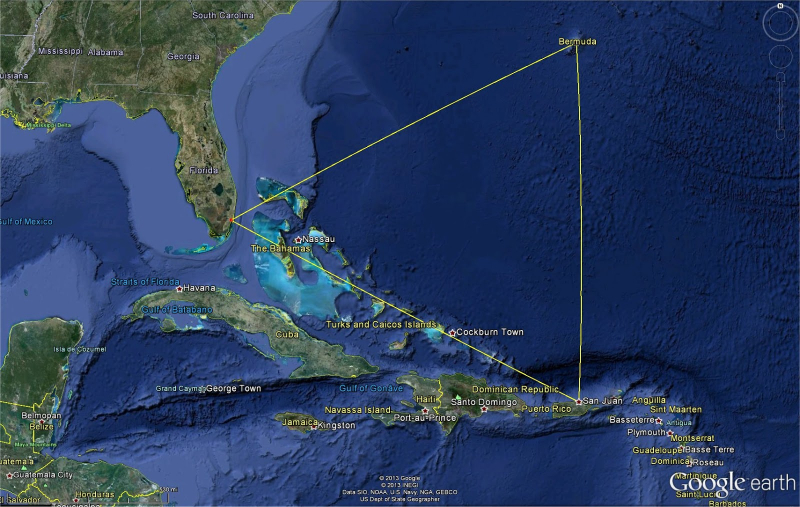
http://greenarea.me/ 
https://a1pictures.blogspot.com/ -
For most creatures, it is difficult to stand on one foot. For instance, even in tree pose during yoga, with my stronger leg, I am useless after a minute. Standing on one foot, however, is more than simply a skill for one animal in particular. In a nutshell, it's kind of their entire endeavor. Most people are aware of two facts about flamingos: they are pink, and they stand on one foot. But why do they only support themselves on one leg? Since birds lose a lot of heat through their legs, this helps them retain heat, according to widespread belief. But that's not fully true in the case of a flamingo, as Hank Green explains in a brand-new SciShow video.
Imagine a flamingo in your mind's eye. Does it balance on one foot? These unusual pink birds are typically pictured poised on one long, slender leg. No one knew for a very long time why a flamingo would choose to stand in that particular position. Science finally provided an explanation in 2019: it's literally simpler than standing on two legs.
On two legs, flamingos cannot readily balance or relax since their balance is immediately disrupted. Their bodies are far more suited to support that single leg. Experiments with dead flamingos further demonstrated that standing on one leg is remarkably simple compared to balancing on two legs.
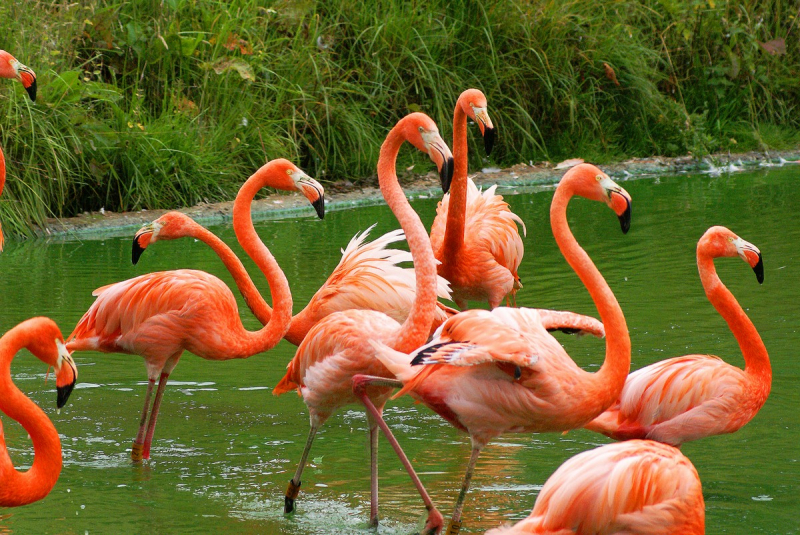
http://zh.wikipedia.org 
http://howtodoright.com/ -
When we are very knowledgeable about a subject and are having trouble solving a related problem, it can be challenging on the ego for some of us to watch as a complete stranger with no unique insight stumble across the solution as if by magic. When AIDS researchers ran into difficulties identifying the structure of an AIDS-related enzyme, that is essentially what happened.
They had been trying in vain for years to figure out the structure. They decided to try a unique approach and let someone else handle the situation. In this instance, they made use of the puzzle game Foldit. Users can experiment with protein and enzyme structures in the game to determine the best methods to fold them.
For 13 years, scientists had been attempting to understand this specific enzyme. Users discovered the method in just three weeks after it was added to the game so that the gaming community may test it out. By no means was the ultimate result a cure for AIDS, but it was a significant step toward comprehending and treating diseases like AIDS.

https://pdb101.rcsb.org 
https://pixels.com -
Have you ever been bored in a math class at school and questioned when you would ever need to understand concepts like trigonometry or integers? Perhaps you didn't need to know all of that, but others do, especially the kind of individuals who calculate satellite propulsion at NASA.
NASA hoped the Mars Climate Orbiter would be able to offer valuable scientific information on weather patterns on Mars in 1999. Instead, shortly after hitting the atmosphere, it was destroyed. An internal investigation was started by NASA to determine what transpired. After spending $125 million and undergoing months of development, something major had to have gone wrong because the technology never even saw use.
But there was something very little in the reality. an easy mathematical transformation Someone who was in charge of the orbiter's thrusters had forgotten to translate the math. The thrusters' force in pounds of force was determined by the program. However, a few of the other programs in use did the calculation in newtons.
Scientists had to make modifications along the way, which made them recognize something was off. But it was already too late when it showed up. It entered the atmosphere at the incorrect angle and promptly caught fire. This whole situation may have been averted if someone had double-checked the metric conversions.
https://www.cbsnews.com/ 
https://au.finance.yahoo.com -
The Parkes Observatory in New South Wales, Australia, is where you can locate a sizable radio telescope that is notable for relaying signals from the 1969 moon landing. The enigma that local astronomers had been trying to solve for 17 long years was less well known. You see, the telescope would occasionally pick up enigmatic messages. But no one was able to identify their root cause.
A substance known as perytons was being found by the telescope. These astonishingly brief radio transmissions have a terrestrial source. In a testament to how enigmatic they were, they also have a name in common with a mythical creature. The on-site scientists hypothesized that they could be the result of lightning strikes somewhere close to the telescope. That, however, was not the case.
As it turned out, some of the scientists working there would put in full workdays, which meant they occasionally needed to eat. So they heated it in the microwave. The signals were arriving at a frequency of 2.4GHz, which is the same as a microwave.
Someone made the connection that if you open the microwave door just before the cooking cycle is finished, those perytons will briefly be released. As a result, they were pestered for 17 years by individuals reheating their meal.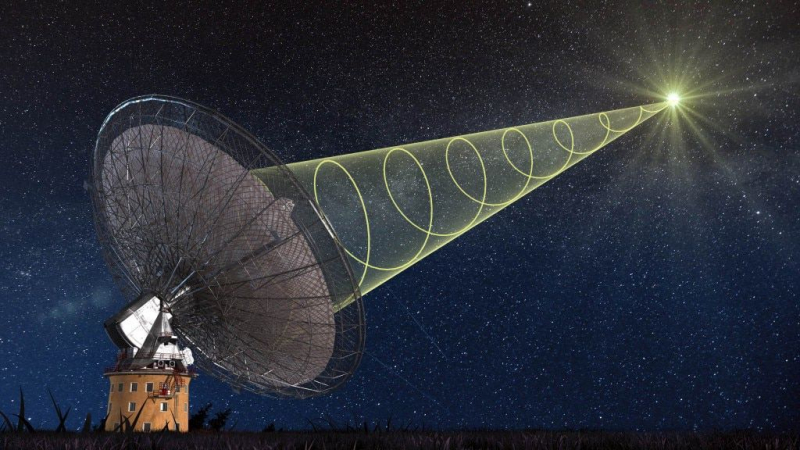
https://www.washingtonpost.com 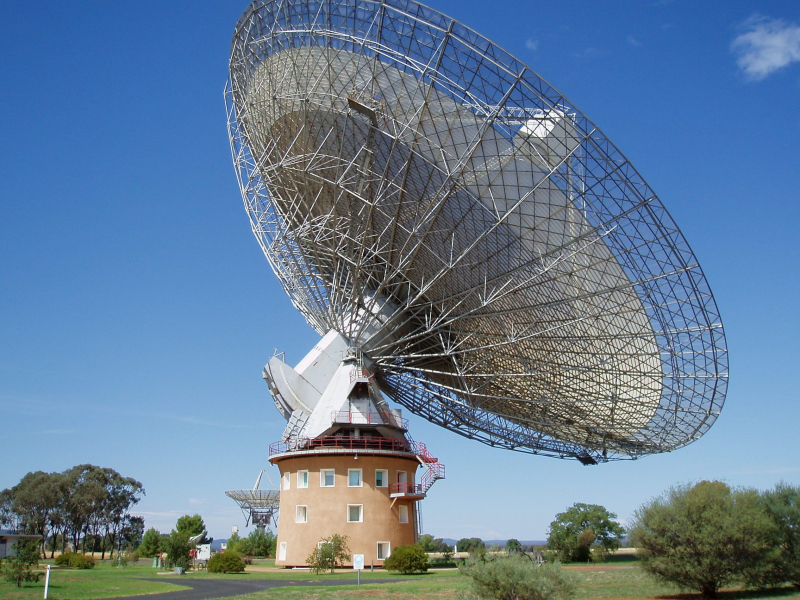
https://www.newsweek.com/ -
Vanilla is made from a native to Mexico orchid, where wild bees pollinate the plants. Vanilla can now be purchased for up to $600 per kilogram. The reason is that vanilla is extremely difficult to harvest. First off, only one orchid species—out of the hundreds—grows vanilla.
You'll face a really difficult battle if you don't have the bees to pollinate it. Even today, only professionals with extensive experience in the field should manually pollinate vanilla. The blooms only have a single day of blooming. Then the process of cultivating, drying and processing the vanilla takes about a year. That concludes today. So what occurred all those years ago?
In the 1500s, Europeans took vanilla back to the continent, where it did nothing right away. Before a Belgian gardener attempted to use science to investigate why vanilla in Europe wasn't profitable, it literally took more than 300 years. He was the one who discovered that Mexico's Melipona bee was the plant's natural pollinator and that nothing was doing the job in Europe. Bees were therefore what they were lacking. only bees.
A slave on an island in the Indian Ocean by the name of Edmond Albius wouldn't discover a method of hand pollination until 1841. Who knows how long it would have taken for someone to discover how to farm vanilla if it weren't for a little horticultural science.
https://avantcha.com/ 
https://www.spicemountain.co.uk























